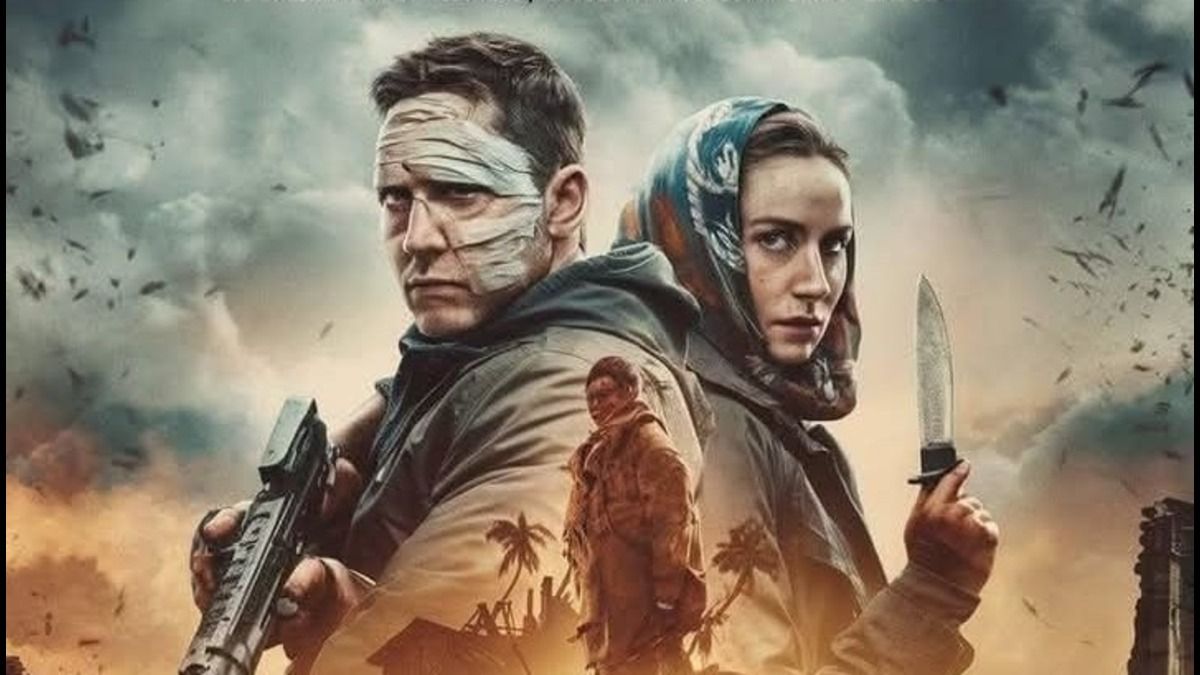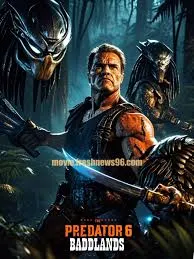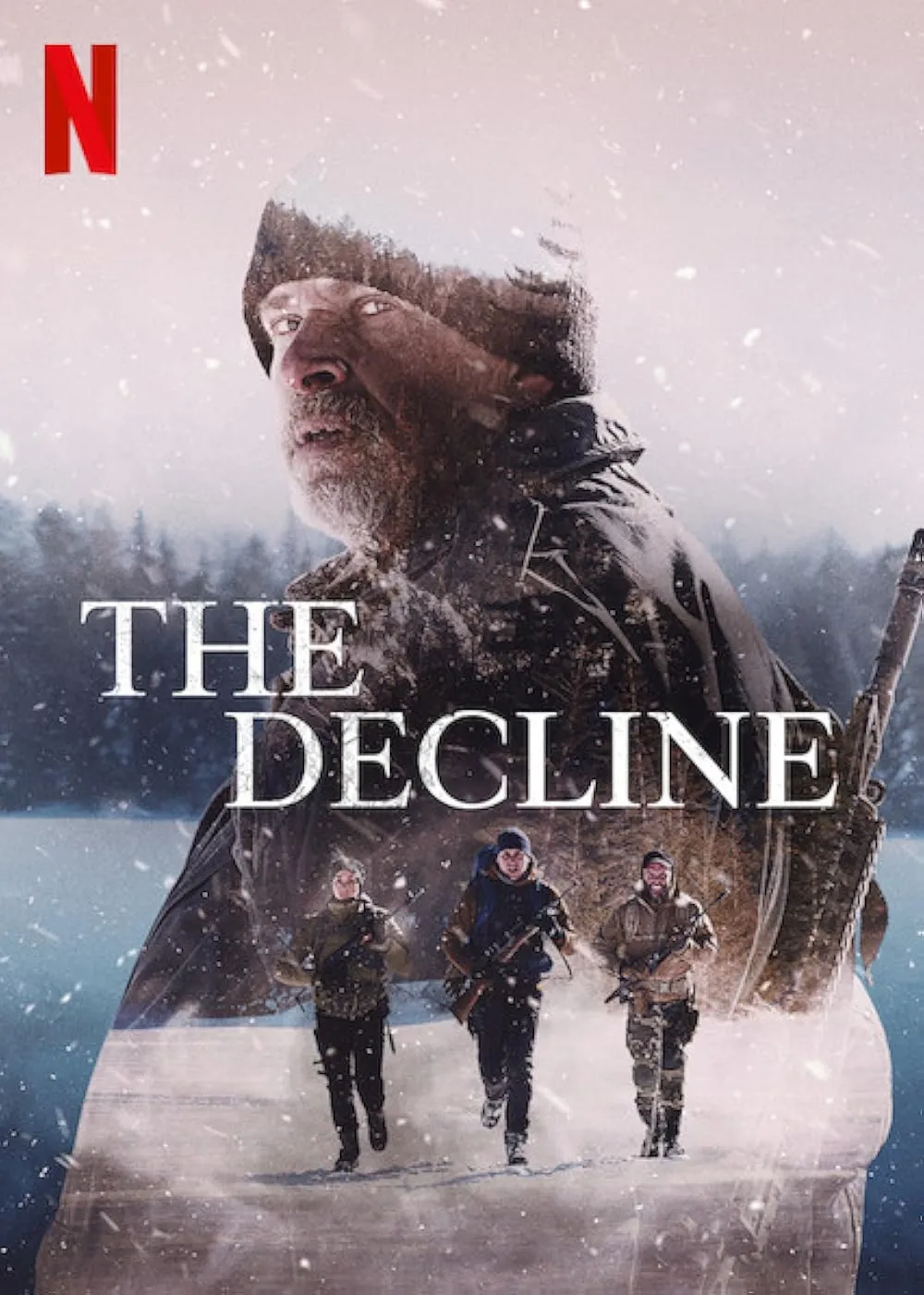The Dead Land (2024) is a gripping historical action film that immerses viewers in the raw, brutal world of pre-colonial Māori society in New Zealand. Directed by Toa Fraser and based on Māori traditions and customs, the film offers a unique cinematic experience that combines cultural authenticity with intense storytelling and powerful visuals. Though it is technically a continuation of the 2014 version, the 2024 version reimagines the narrative with deeper emotional layers, upgraded cinematography, and a more modern storytelling structure.

The story follows Hongi, a young Māori warrior who is forced to grow up quickly when his tribe is massacred by a rival group. Driven by revenge and guided by a sense of duty to his ancestors, Hongi enters a forbidden area known as the “Dead Land” to seek help from a feared and exiled warrior who is said to have supernatural powers. Together, they must confront the invaders and reclaim the tribe’s honor.

What makes The Dead Land stand out is its commitment to cultural realism. The film is entirely in the Māori language, which not only adds authenticity but also immerses the audience in the worldview of the characters. The use of traditional weapons, rituals, and combat styles is portrayed with meticulous attention to detail. This careful representation of indigenous culture gives the film a depth that many action films lack.

Another impressive aspect is the cinematography. The New Zealand landscapes are both beautiful and haunting, providing the perfect backdrop for the story. The forest, mountains, and rivers are almost characters themselves—silent witnesses to the struggles, violence, and spiritual journeys of the protagonists. The lighting, camera angles, and natural settings create an atmosphere of isolation, danger, and mystery.

The performances, particularly by the lead actors, are compelling. Hongi’s transformation from a frightened boy to a determined warrior is believable and emotionally powerful. The mysterious warrior he teams up with is portrayed as a morally complex figure, full of pain and redemption. Their relationship evolves from one of suspicion to mutual respect, offering the audience a deeper emotional connection to their quest.

However, the film is not just about action and revenge. It explores deeper themes such as honor, tradition, identity, and the cost of violence. The spiritual aspect of Māori culture—beliefs in ancestors, spirits, and sacred lands—adds a mythical layer to the story. These themes resonate universally, even as they are grounded in a specific cultural context.
In conclusion, The Dead Land (2024) is a rare film that combines action with authenticity, emotion with brutality, and tradition with cinematic innovation. It is both a tribute to Māori heritage and a powerful story of personal growth, revenge, and redemption. Whether you are interested in indigenous cultures, historical dramas, or intense character-driven stories, The Dead Land is a film worth watching.



